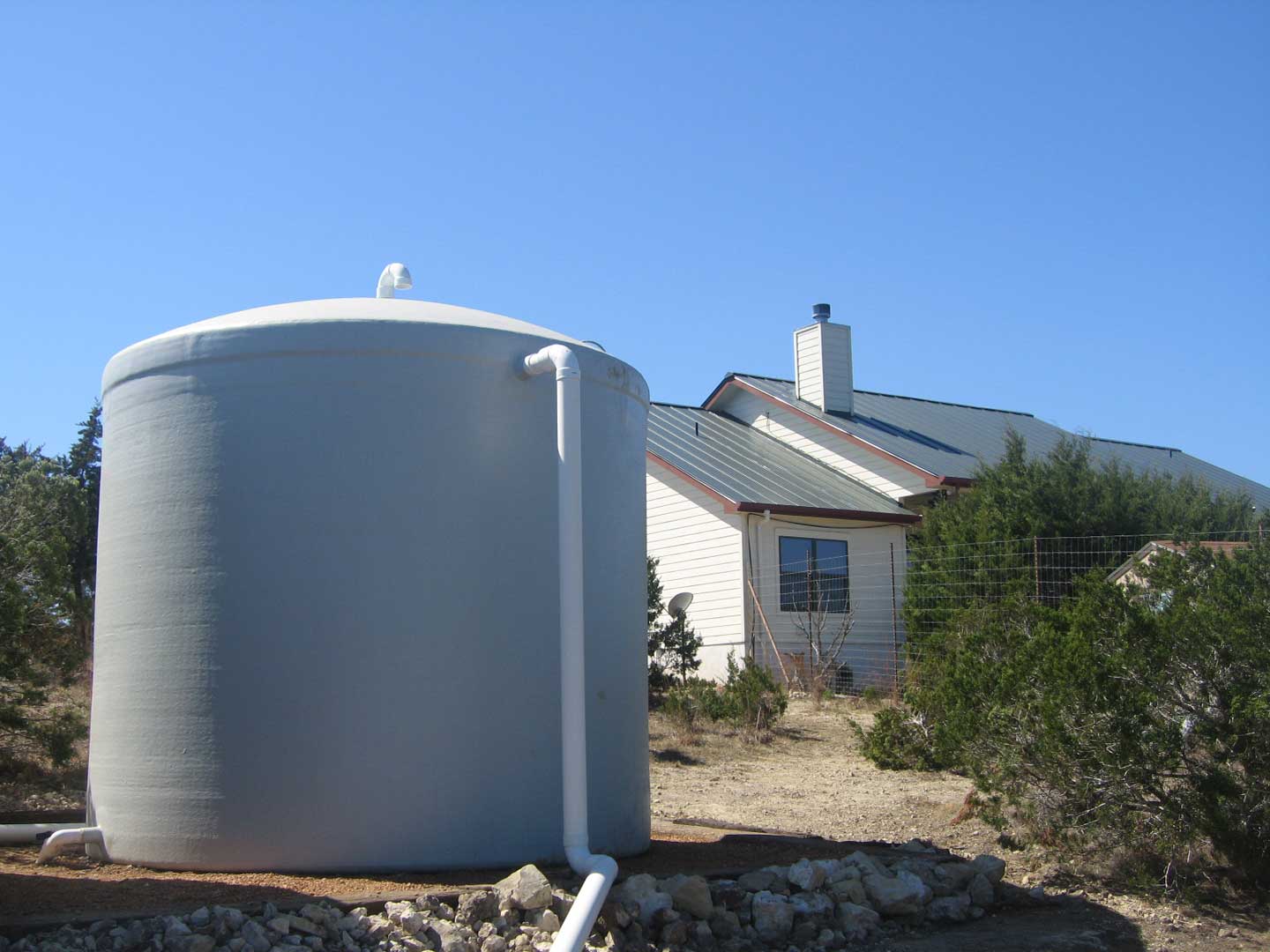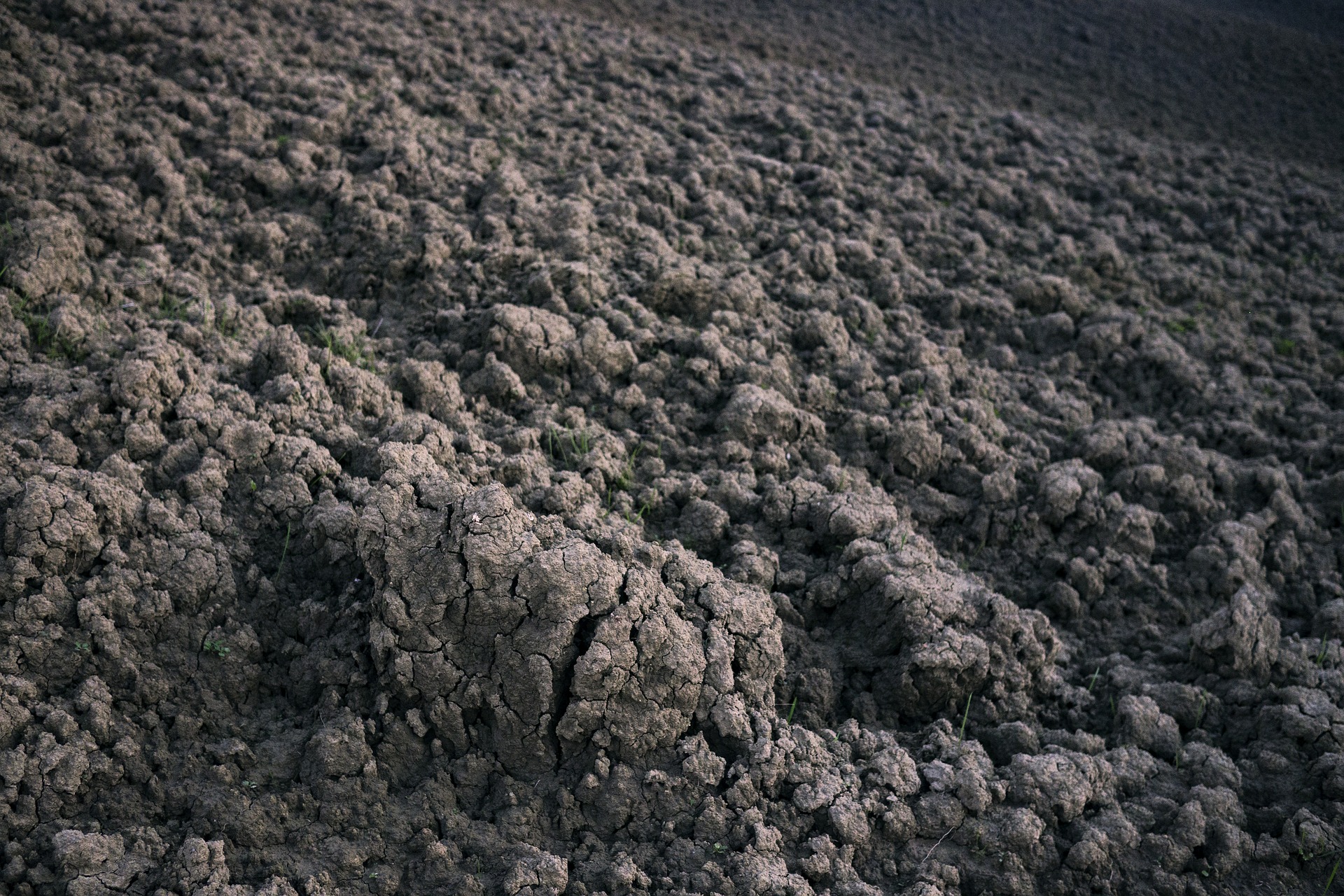If the soil round falls apart when squeezed, after that the dirt might not have enough moisture. Stands up to 15 gallons of water with a drip time of hrs for deep saturation of soil.
There can be as high as 400x even more origin development under mulch contrasted to under bluegrass. Compost aids maintain dampness and moderate soil temperature among a host of other benefits.
Learn The Best Method For Deep Sprinkling Your Trees
Prevent sprinkling the tree throughout the hottest component of the day. This will certainly differ relying on where you live, yet as a whole, it is anywhere in between 10am and 6pm. If you sprinkle your tree throughout this moment, you risk losing the water to dissipation. When the very first 6 inches of soil are dry, it is time to water once more. Different tree varieties have various watering demands, so do a little research study on your trees so you know best practices.
Location a hose on the ground beside the trunk and also turn it on. Every thirty minutes, pick the hose up as well as relocate to one more area around the trunk. Do this for a total of 1 to 2 hours, or till the tree is fully sprinkled. A soaker pipe is a porous tube that slowly releases water over an amount of time. When you water your tree, which you have to do daily since a freshly-cut tree can absorb a gallon of water in 24-hour, steam the water initially. Put all-natural mulch such as wood chips or bark pieces 2 to 4 inches deep within the circle. It's important to remember that correct tree care begins when you select a tree.
How Much Should You Sprinkle Your Tree?
The specifics of a tree's environments are important to its water uptake demands. It's an excellent concept to know the basic water needs of the trees you select before growing them. The objective with this first watering is to alleviate your brand-new tree right into its brand-new home with as little anxiety as feasible, making certain a smooth establishment duration. Maintaining improperly drained dirts as well wet, which prefers origin rot advancement.
- Using a spade or hand trowel, dig a tiny opening under the plant cover and also feel the soil.If the dirt is amazing and also wet 6 to 9 inches below the surface area, no water is needed.
- Supplemental watering throughout drought problems can stop tree decrease, pest problems, as well as non-recoverable damage to tree origins and also thecanopy.
- Appropriate pruning technique is necessary for a healthy tree.
- It is best to leave the sprinkling bag at the yard facility, untangle and/or prune the twisted roots, and also supply your new tree with possibilities to spread its origins.
Treegator ® bags hold gallons of water as well as launch a slow trickle of water over 5-9 hrs. As origins grow and also spread out, irrigation quantity will need to be increased. During a summertime afternoon, up to half of the water can be lost to evaporation. The very best time to water remains in the morning or night, so the origins have a chance to absorb most of the water. The larger the tree, the even more time it will certainly take to provide it adequate water, as well as the even more you will need to relocate the hose to obtain the water to a vast location of the roots. Stay clear of making use of high-nitrogen lawn plant foods under trees, as well as never use weed-and-feed products, which can damage tree origins.
If the Aspen trees don't obtain enough water, you can dig moats to irrigate the ground. Other trees will certainly require less water, such as the Arizona cypress, Japanese Zelkova, the white fir, or the Kentucky Coffeetree. Some trees will certainly need more water, such as the red or silver maple, or the paper or river birch. Before you go pouring boiling water into the base, allow it sit for 5 minutes. The concept is the sap will not get tough and also the water can go up the bark therefore keeping it fresh and it won't dry out. Cold water clogs the openings with sap as well as your tree will pass away quicker.
What vegetables need lots of water?
The following crops need plenty of water to thrive once fruiting:Beans.


Beets.
Carrots.
Cucumbers.
Peas.
Peppers.
Squash (including pumpkins, butternut squash)